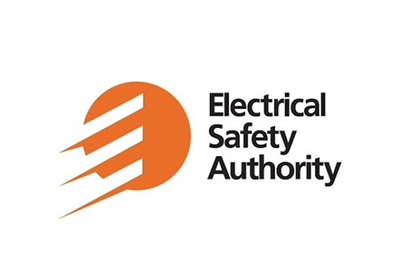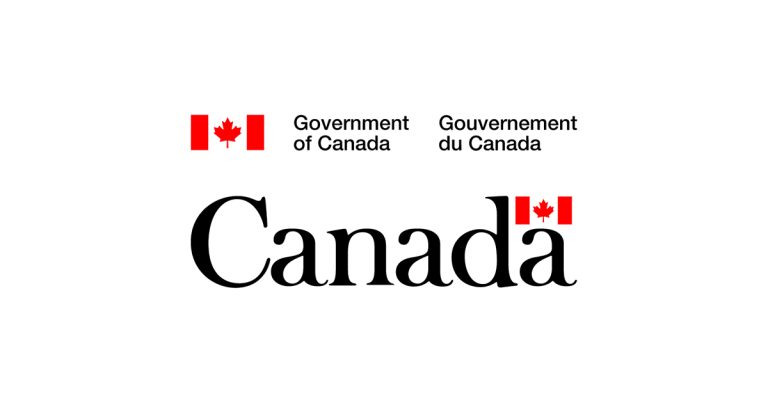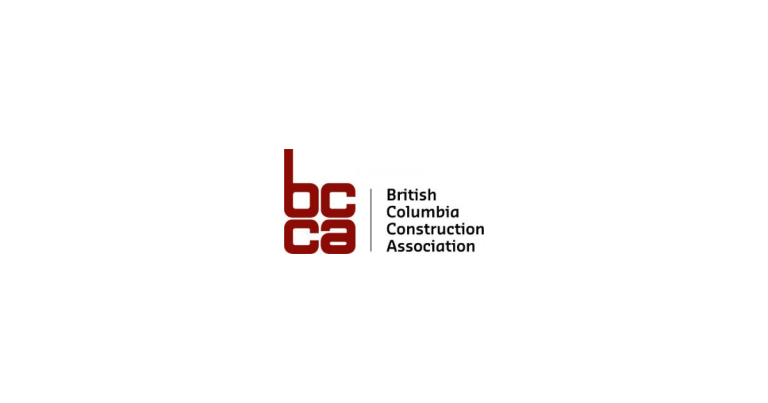ESA Guidance Regarding Inspections During the Pandemic

May 21, 2020
ESA’s response team has been working diligently to address the emerging issues. We are moving into circumstances that will require us to focus on the highest safety and related priorities of the province, while protecting our staff and the public.
The following is based on the latest public health guidelines and recommendations.
Priorities for Inspections
1. Emergency and public safety infrastructure equipment.
o This includes electrical work for in-home medical equipment installed to release capacity in the hospitals for the expected influx of COVID19 patients
2. ESA will give priority to workplaces included on the Essential Business List, however, will not enter occupied areas of the following facilities due to the vulnerable nature of these populations, except for critical or emergency services as approved by the ESA General Manager and/or Senior Inspector.
o Long Term Care Homes and Seniors residences
o Hospitals
o Retirement Homes
o Day Care facilities
o Community Housing for non-critical routine inspections
3. Connection authorizations, organized through Licensed Electrical Contractors so people can receive electrical service from their Local Distribution Company
4. Disconnect and Holds, organized by Licensed Electrical Contractors and known in the industry as a “Disconnect and Hold”. This will allow Local Distribution companies to facilitate service upgrades, emergency panel changes and service repairs
Remote assessment/inspection
1. Remote assessment/inspection are the alternate means of fieldwork when a site visit cannot be made safely.
2. At the Inspector’s discretion, they will use a wide range of options and discretion to both allow business to continue, exercise their authority and conduct inspections in the coming days and weeks
o Pass without a visit as directed and guided by our Best Business Practices
o Sampling tools in ACP, and the soon to be implemented RBO
o Photos
Videos – live or recorded
o Instead of visiting a facility or dwelling, our Inspector meet the LEC performing the work at a safe location to review pictures, videos and any other available evidence to give the Inspector comfort regarding the state of electrical safety for the site or installation
o When entering an installation, only view or access the areas needed to complete the notification. Touch as little as possible and maintain a safe social distance
o If an inspector is unable to physically view an installation but has accepted pictures, videos or other evidence, they will record what was accepted or what they were/were not able to view in the notification comments, preceded with “COVID19”
3. Access Arranged appointments – ESA will notify these customers/clients directly that dedicated appointments will not be available and the Inspector will visit sometime through the day, provided the site does meet the exclusions set out below
Inspections in Homes for work by both Contractors and Non-Contractors:
- Low exposure work such as exterior visits, garages, sheds, and unoccupied spaces can continue in-person with minimal additional safety protocol.
- If visits in residential dwellings can be delayed, they should be.
- If a visit in a residential dwelling cannot be delayed, the Inspector will conduct a risk assessment prior to entry, and utilize the necessary Personal Protective Equipment (PPE)
Criteria for in-person residential visits:
- Alternative methods of inspection review have been considered and no other method can be used to ensure we are meeting our regulatory requirements. i.e video, phone, phone consultation, off peak hours etc.
- Inspector and homeowner/tenant have no underlying health conditions or concerns that place them at higher risk.
- In order to minimize contact with surfaces in the home, the homeowner/tenant/contractor should be prepared to open doors, turn on lights, provide access to areas where electrical work has been done etc.
Requirements for in-person residential visits:
- The interior of occupied residential dwellings should be vacated for 2 hours, if at all possible. This is for both the health and safety of employees and public/occupants. The time frame is to allow airborne particles to settle on surfaces, and less likelihood of respiratory ingestion.
- Where it is not practical to delay work, and where the inspector must enter the interior of a dwelling:
o The Inspector will arrange an access time with the homeowner/tenant/contractor
o The inspector will call the customer prior to arrival to enquire if anyone on the premises is unwell. If someone is unwell, and the inspector agrees that the visit cannot be delayed, then adequate PPE will be worn and Health and Safety protocols followed as dictated by the risk assessment
- The contact person should be informed in advance that any PPE worn at the site will be left at the site for disposal by the site contact. The used PPE will be left in a bag at site, for disposal by the Homeowner/tenant/contractor.
- The Inspector will perform as much of the pre-work consultation as possible before arriving on a customer site (e.g.) have the homeowner/Tenant/Contractor send pictures or more detailed information than usual/customary. This will ensure that the Inspector’s time on-site is kept to a minimum.
- Inspectors will perform their duties while maintaining at least 2 metres or 6 feet distance from other people. This may include asking homeowners/tenants/contractors to move to a room with a closed door or another area of the residence while work is being completed.
- To minimize contact with surfaces in the home, homeowners/tenants/contractors to open doors and turn on lights before the inspector enters to work.
- If at any time during a field visit an inspector notices anything that concerns them with respect to COVID-19 (i.e. such as persons that appear to be unwell, recent travel outside of the country, the occupancy type and number of occupants appears to be such that physical distance is not adequate) the inspector will discontinue the visit
Training, Exams and events
- ESA staff will not be attending external meetings of large groups
- All Training Sessions and all Master Exams are postponed until further notice.
Technical Advisors are available to assist with answers to technical questions, code interpretations, as well as assistance with concerns over of any video or picture. These steps are taken both to protect the residents of those facilities, as well as our staff from unnecessary exposure. As always, everyone is encouraged to continue proper use of hand and personal hygiene and use of personal protective equipment as instructed by site risk assessments.
Go HERE for information on how homeowners can prepare for inspections









![Guide to the Canadian Electrical Code, Part 1[i] – A Road Map: Section 52 — Diagnostic imaging installations](https://electricalindustry.ca/wp-content/uploads/2022/11/Guide-CE-Code-2.png)






